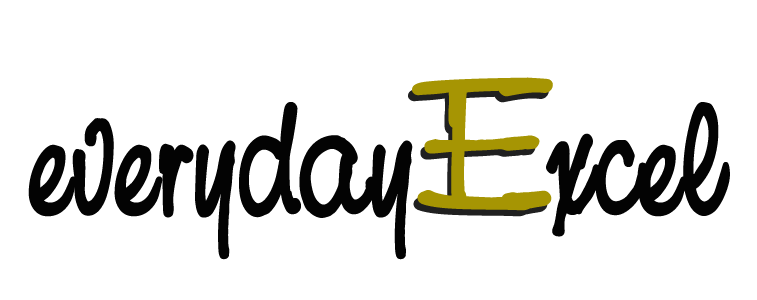event management
Transforming Event Management with Excel and MS Forms
Bee’s Initial Struggle with Event Registration
Bee was a dedicated event coordinator for a large nonprofit organization. Her primary responsibility was managing event registrations and ensuring attendees’ smooth experience. However, Bee faced a significant challenge: she relied heavily on Excel to track event registration and attendance, but her process was far from efficient.
Bee managed registrations by manually collating data from multiple organizations. Each organization had its unique form layout, causing Bee to spend hours copying and pasting information into her master spreadsheet. While this task seemed straightforward, the inconsistencies in form formats made it laborious and prone to errors. Often, Bee would find herself frustrated, trying to make sense of mismatched columns and missing information. The repetitive nature of the task also took a toll on her productivity, leaving her little time to focus on other essential aspects of event planning.
The Solution: MS Forms and Streamlined Excel Integration
Recognizing her struggle, Bee decided to attend our Excel training aimed at improving data management and analytical skills. During the course, she learned about various Excel functions that could automate and simplify her tasks. However, one solution stood out to her the most: Microsoft Forms (MS Forms).
The instructor suggested using MS Forms for event registration instead of the traditional paper forms or multiple Excel sheets from different organizations. MS Forms could be shared easily via a link or QR code, simplifying the registration process for participants. More importantly, MS Forms automatically collates all registration data into a single Excel file. This meant Bee no longer had to manually copy and paste data or worry about inconsistent formats from different sources.
MS Form is one of the Microsoft 365 bundle and is free to use. If you create the MS Form using Excel in OneDrive, you can get the updates from the Excel file and create a real-time dashboard using Excel and/or Power BI.
With the newfound knowledge, Bee immediately implemented MS Forms for her next event. She designed a simple registration form, shared it with the organizations involved, and watched as the registrations flowed seamlessly into a single Excel file. The ease of access and uniform data collection drastically reduced the time she spent on administrative tasks. Moreover, MS Forms allowed her to set up conditional questions, ensuring that all necessary information was collected correctly.
The Benefits of MS Forms: Beyond Registration
The advantages of MS Forms didn’t stop at registration. Bee also discovered that she could use the tool to manage attendance. By creating a check-in form accessible via QR code, attendees could mark their attendance upon arrival using their smartphones. This innovation eliminated the need for additional staff at the reception to handle check-ins, further optimizing resource allocation.
The integrated system also provided real-time insights into who had arrived, making it easier for Bee to manage the event flow and ensure everyone had what they needed. Post-event, Bee used Excel’s analytical functions to evaluate attendance data, identifying patterns and trends that could inform future planning.
Bee’s Transformation
Thanks to the Excel course, Bee’s approach to event management was transformed entirely. What was once a tedious, time-consuming task became streamlined and efficient. Bee was no longer bogged down by the manual collation of data. Instead, she could focus on more strategic aspects of her role, such as engaging with attendees and improving the overall event experience. The automation of data collection and attendance tracking also meant fewer errors and more reliable data for analysis.
Bee’s newfound skills didn’t go unnoticed by her supervisors. Her ability to manage registrations and attendance more effectively led to smoother events, better participant experiences, and ultimately, greater organizational success. Bee became a champion for using digital tools to enhance productivity and encouraged her colleagues to seek out similar training opportunities.
